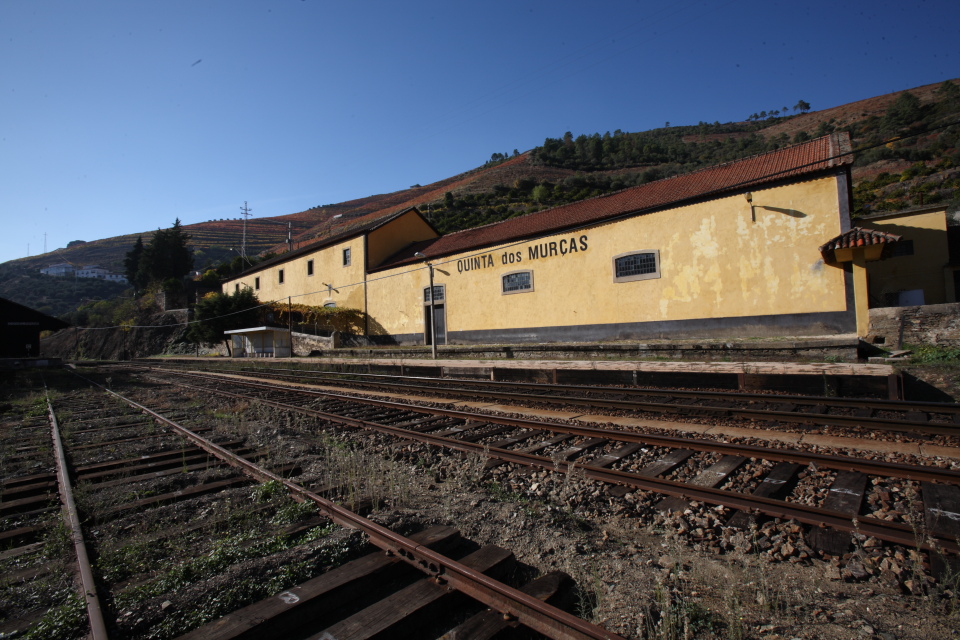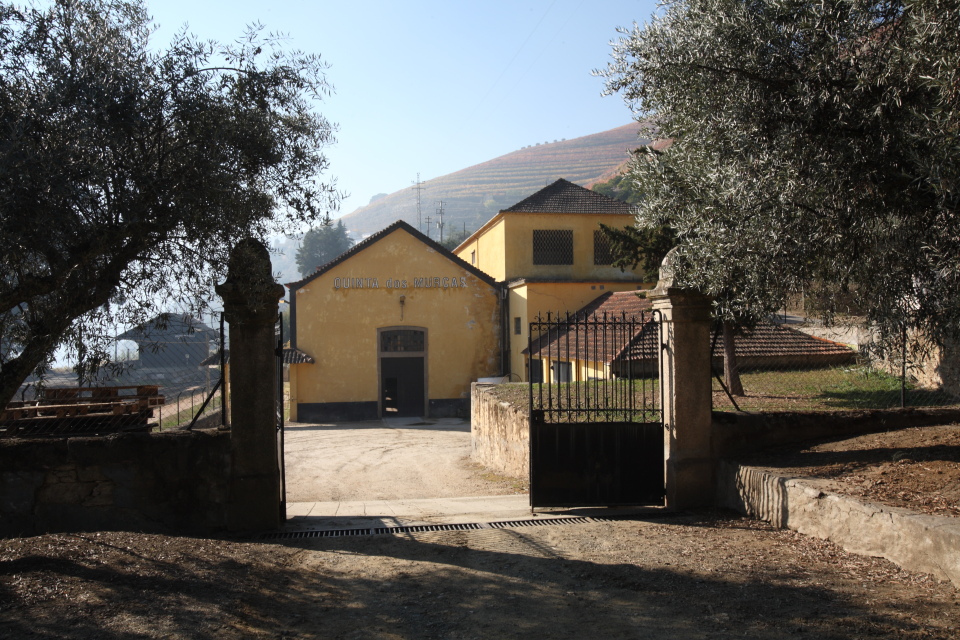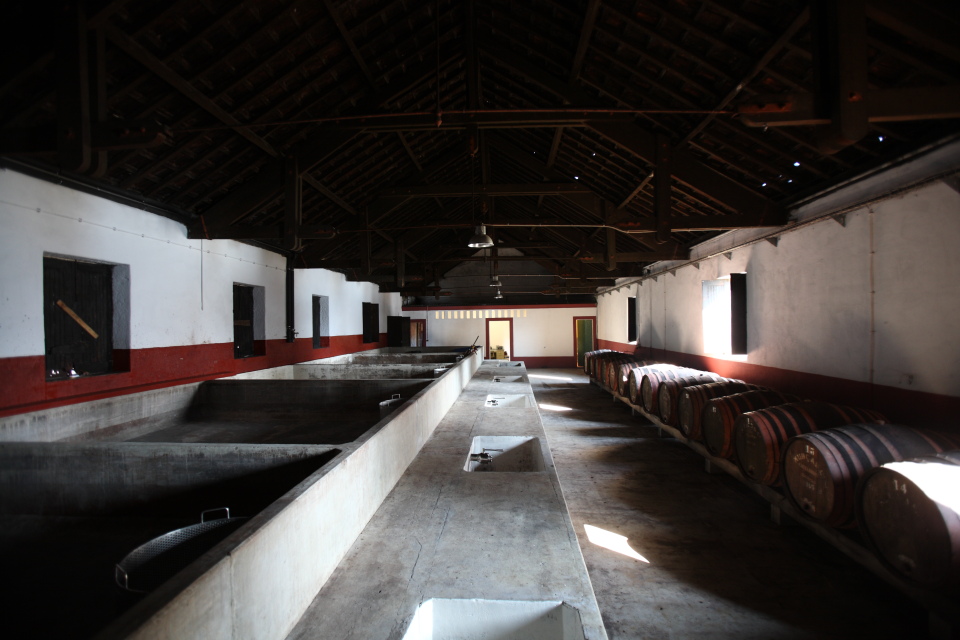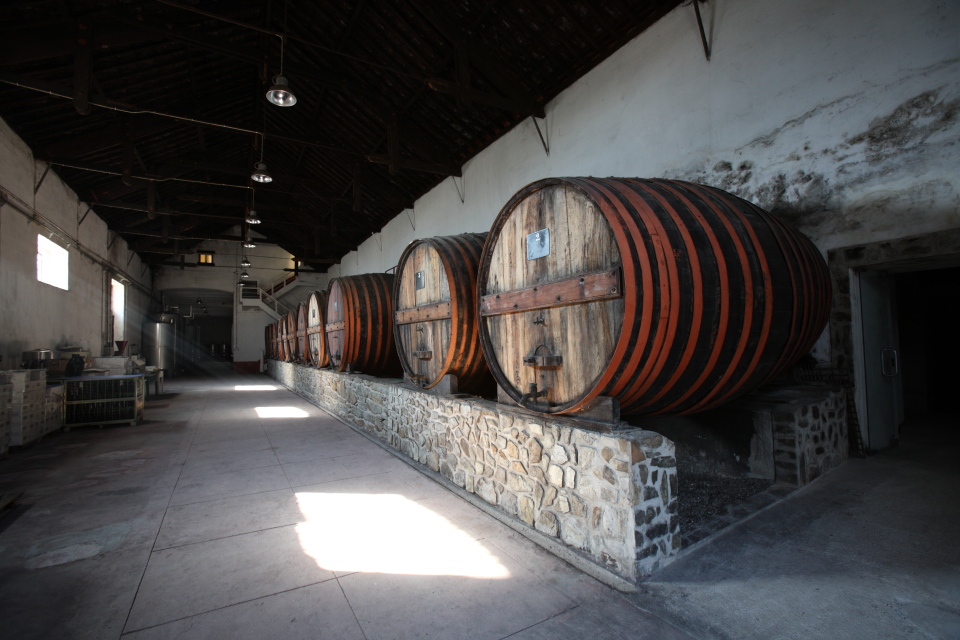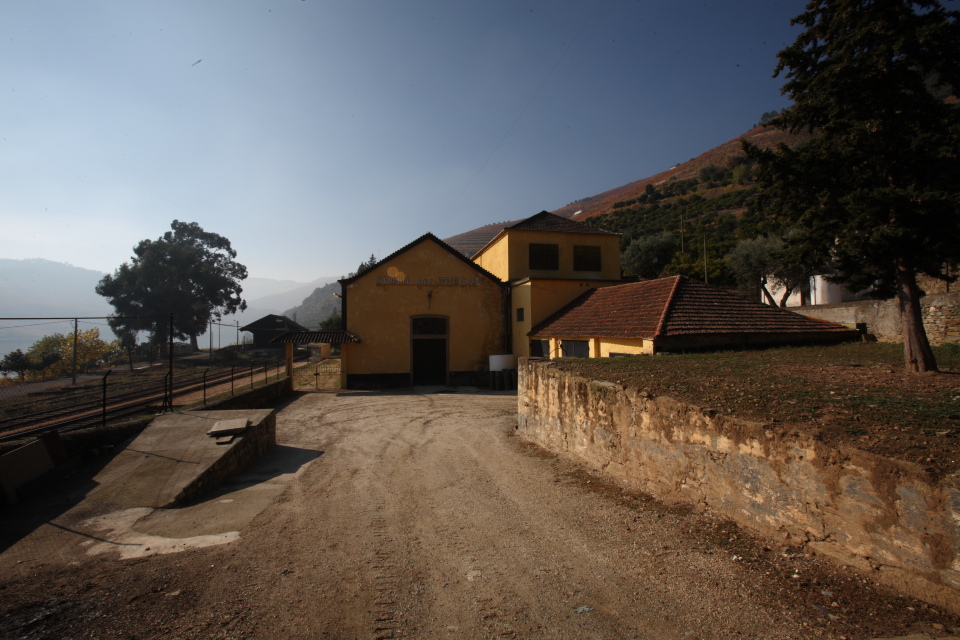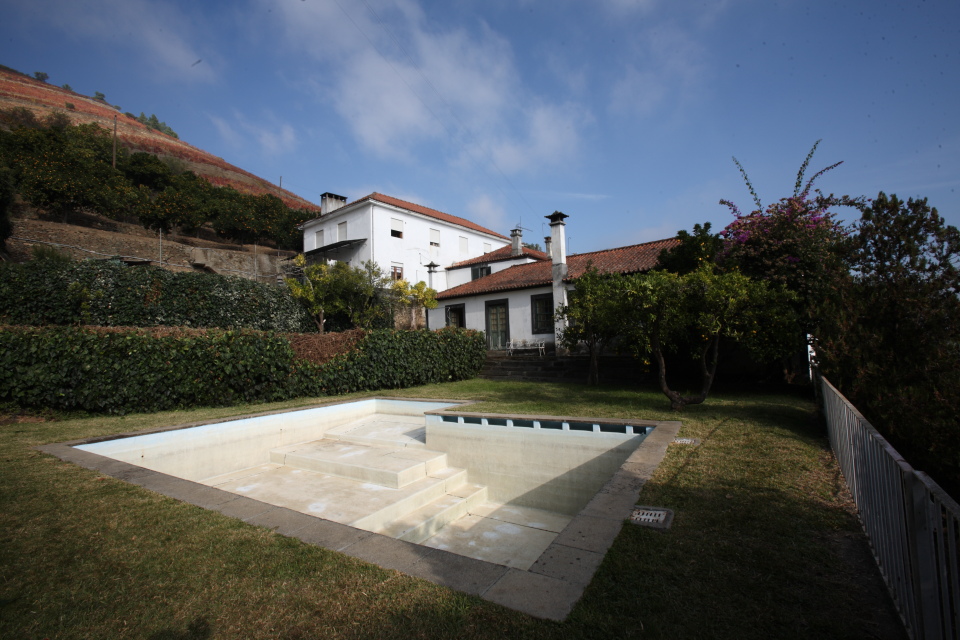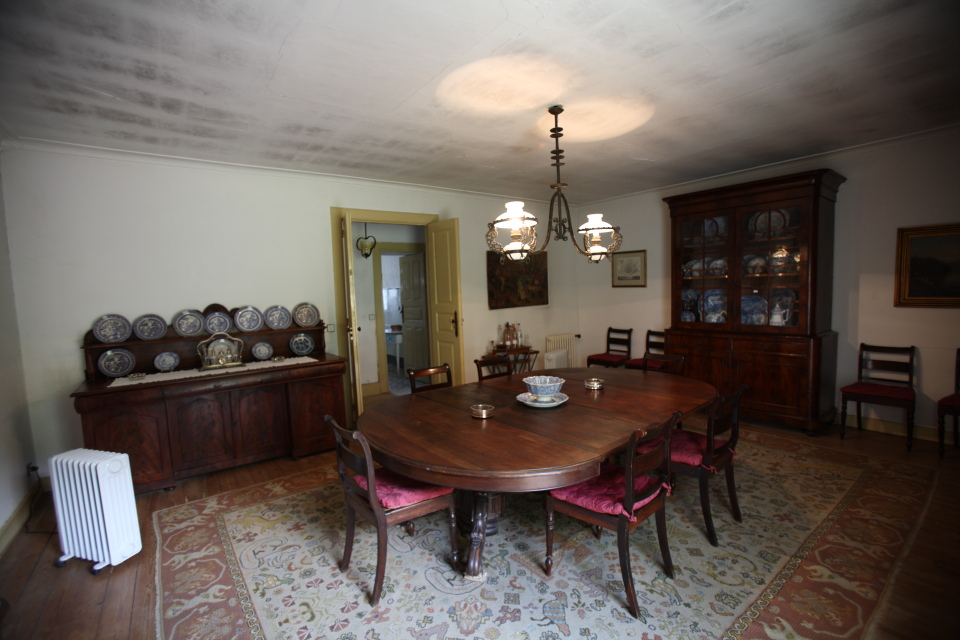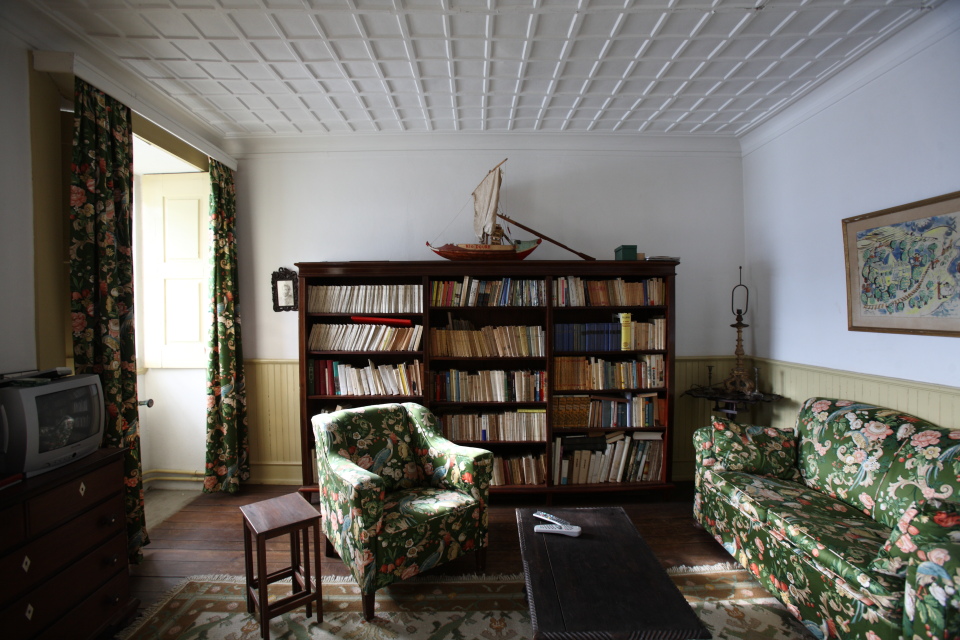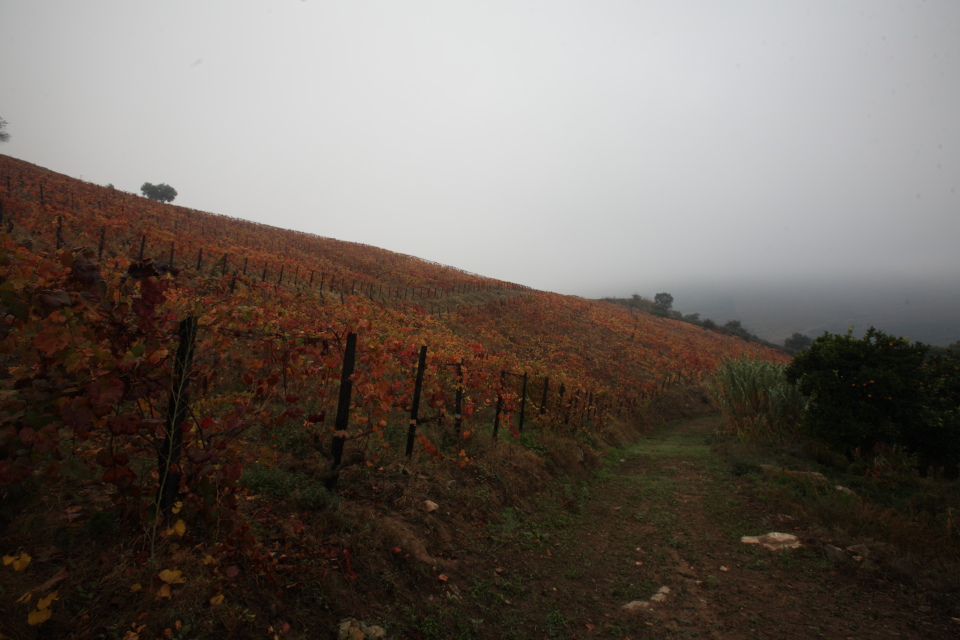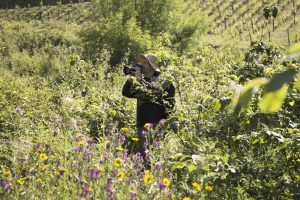In ten years, we restructured the vineyards and converted them to organic production methods, and we improved the winery, introducing new technologies while, at the same time, recovering more traditional vinification processes, like granite presses.
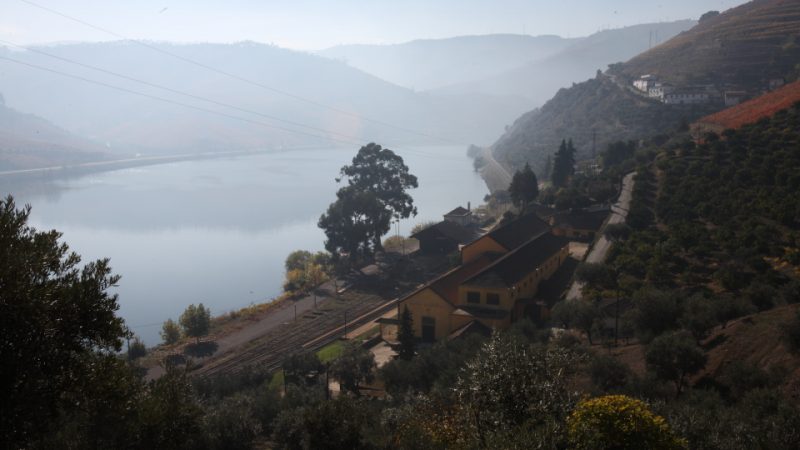
During that time, we discovered a great deal about the Estate and, simultaneously, realised there is still so much more to discover.
Duarte Belo has accompanied the evolution of Quinta dos Murças, and ours, paying particular attention to Nature, the territory and history, since 2008. We asked him to share a summary of his records and impressions, in photography and writing, and give us his impressions on this decade. We present them below:
TEN YEARS LATER
I stop the car beside a pine tree and the ruins of a house. This is the same place where I stopped the first time I visited Quinta dos Murças. I follow the slope down along the lines of vines. Ten years have passed but this place wasn’t very different. Even the light is about the same as how I found it in that year 2008, on a cold dark dawn. After taking some photographs, I head towards Covelinhas along the narrow road with the landscape painted in autumn shades. I start to notice increasingly profound changes. The vineyards are different, many were replanted, some with new alignments. Some plots are still waiting, but what is most noticeable in this place is the emergence of new life, ten years later. The house was also restored. The essence of the Douro in that territory has remained intact.
As I leave, I look back. The grandeur of the ruins conveys the ambiguous dimensions of landscapes, the relationship we establish with places, as time passes but something always remains, as if preserving pieces of memory, notes about a continuous process of understanding the land, of inhabiting it, of constantly seeking new ways to make integration complete.
Duarte Belo
